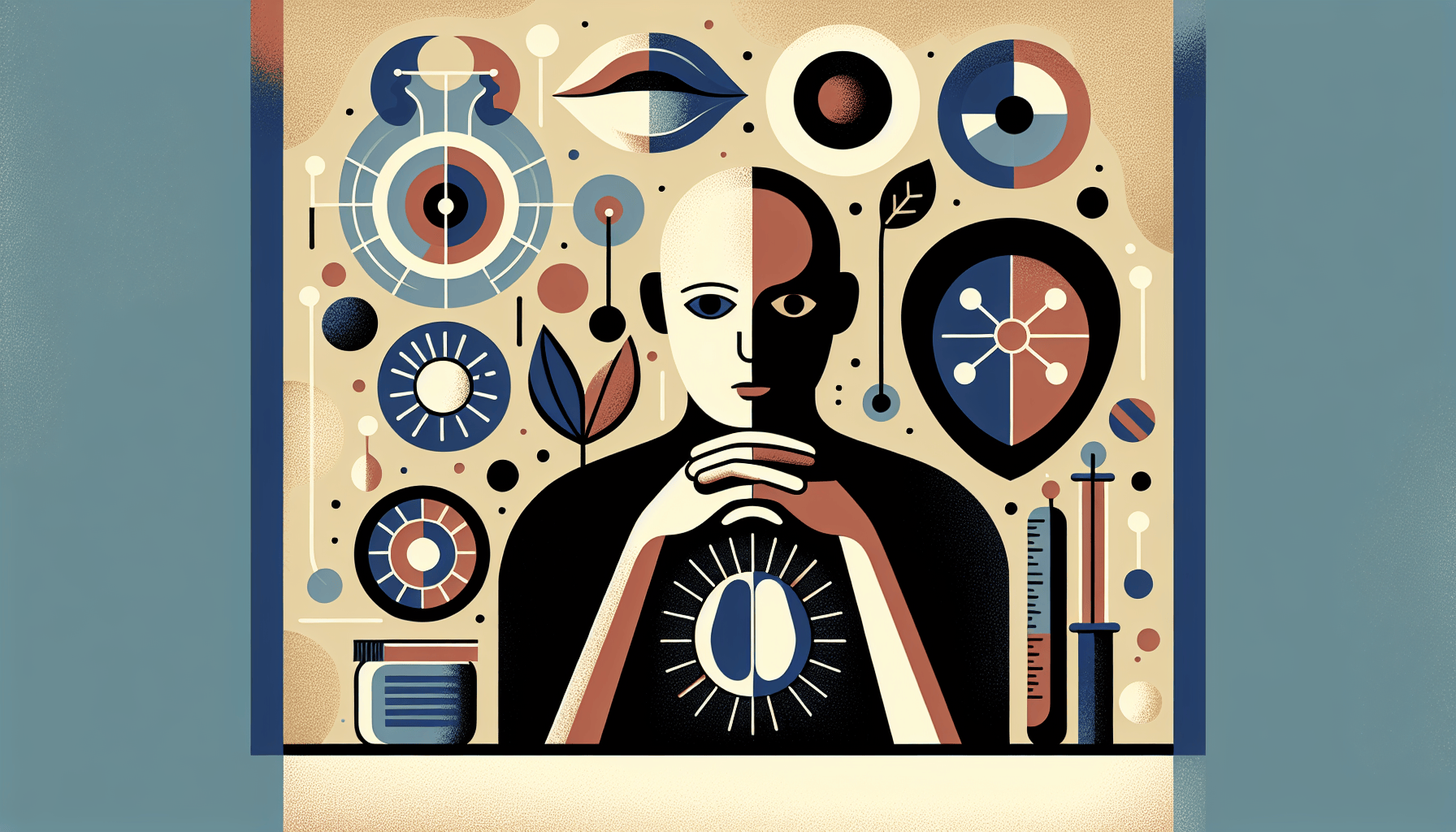Tirzepatide for Sleep Apnea - Can It Help?
Understanding Sleep Apnea and Its ChallengesSleep apnea is a common yet serious sleep disorder characterized by repeated interruptions in breathing during sleep. These pauses [...]
Read More
Medically reviewed by Abhijit Bhattacharyya | MD, PhD, MBA, Tufts University School of Medicine - Miami, Florida on January 17th, 2024.
Restless legs syndrome (RLS), also known as Willis-Ekbom disease, is a nervous system disorder that causes an irresistible urge to move your legs. It is considered a sleep disorder because symptoms often worsen when you are at rest, making it difficult to sleep or sit for long periods. RLS affects up to 10% of people in the U.S., with women and middle-aged individuals being more likely to experience severe symptoms.
The exact cause of RLS is unknown, but several factors may contribute to the development of the condition, including:
Genetics: Nearly half of the people with RLS have a family member with the condition.
Chronic diseases: Certain long-term medical conditions, such as iron deficiency, Parkinson's disease, kidney failure, diabetes, and peripheral neuropathy, can include RLS symptoms.
Medications: Some drugs, like anti-nausea meds, antipsychotics, antidepressants, and antihistamines, may worsen symptoms.
Pregnancy: Some women experience RLS during pregnancy, especially in the last trimester.
Lifestyle factors: Lack of sleep, alcohol, tobacco, and caffeine use can trigger or worsen symptoms.
People with RLS experience unusual sensations in their legs, such as itching, crawling, pulling, aching, throbbing, or pins and needles, along with a strong urge to move their legs to relieve the discomfort. Symptoms can range from mild to severe and may come and go or vary in intensity between episodes. They are generally worse in the evening and at night, but often improve in the early morning.

There is no specific medical test for RLS, so doctors rely on a patient's description of symptoms and a physical examination to make a diagnosis. The five basic criteria for diagnosing RLS include:
An overwhelming urge to move the legs, often accompanied by uncomfortable sensations
The urge starts or worsens during rest
The urge is relieved, partially or totally, by movement
The urge worsens in the evening or at night
The symptoms are not caused by another condition, such as leg cramps or arthritis
Your doctor may also order lab tests to rule out other conditions or a sleep study to check for other sleep disorders that might cause RLS.
While there is no cure for RLS, treatments can help control symptoms and improve sleep quality. Treatment may include:
Lifestyle changes: Regular exercise, following a sleep schedule, and avoiding caffeine, alcohol, and tobacco can help manage mild to moderate RLS.
Non-drug therapies: Leg massages, hot baths, heating pads, or ice packs may provide relief.
Medications: Dopaminergic drugs, benzodiazepines, narcotic pain relievers, iron supplementation, and anticonvulsants may be prescribed to treat RLS symptoms.
It is essential to work closely with your doctor to find the most effective treatment plan for your individual needs. If you experience frequent sleep loss, depression, anxiety, or difficulty concentrating due to RLS, consult your doctor for further guidance.
RLS is a lifelong condition that may worsen with age, but some people experience periods of remission. To better cope with RLS, consider joining a support group or seeking help from a mental health professional if you feel overwhelmed. Maintaining open communication with your doctor and implementing lifestyle changes can also help you manage your symptoms and improve your quality of life.
For more information on restless legs syndrome, visit the following resources:
Understanding Sleep Apnea and Its ChallengesSleep apnea is a common yet serious sleep disorder characterized by repeated interruptions in breathing during sleep. These pauses [...]
Read MoreHeart attacks are often perceived as a predominantly male health issue, but the reality is that heart disease is the leading cause of death for women worldwide. Recognizing [...]
Read MoreTelehealth has transformed the way patients access healthcare, offering convenience, speed, and accessibility that traditional in-person visits often cannot match. With the [...]
Read More